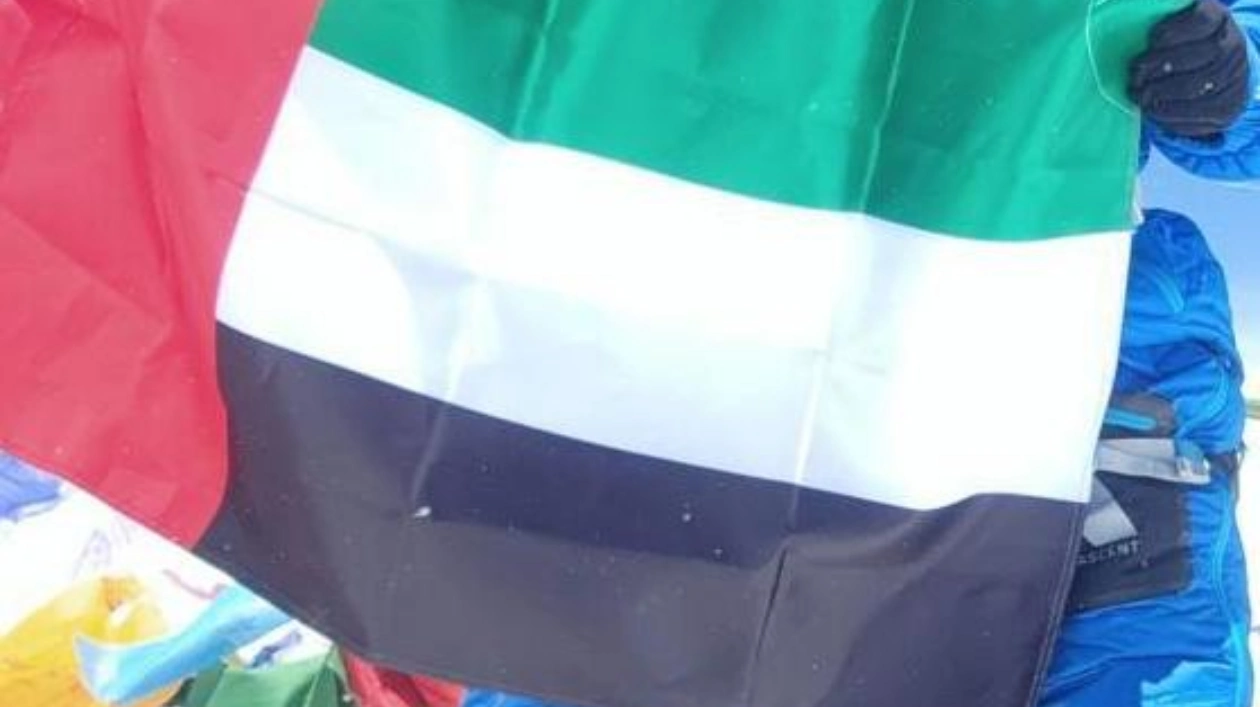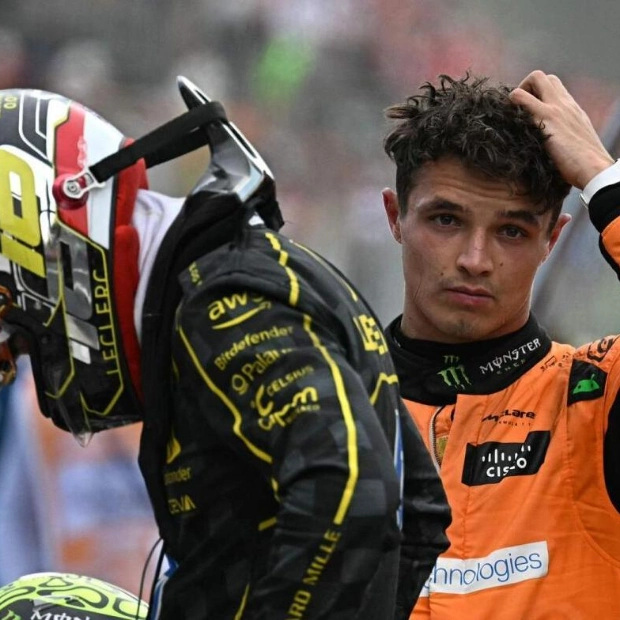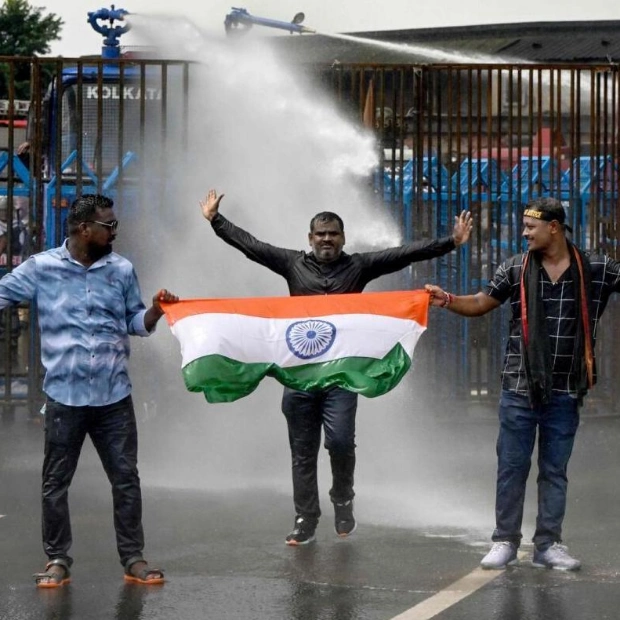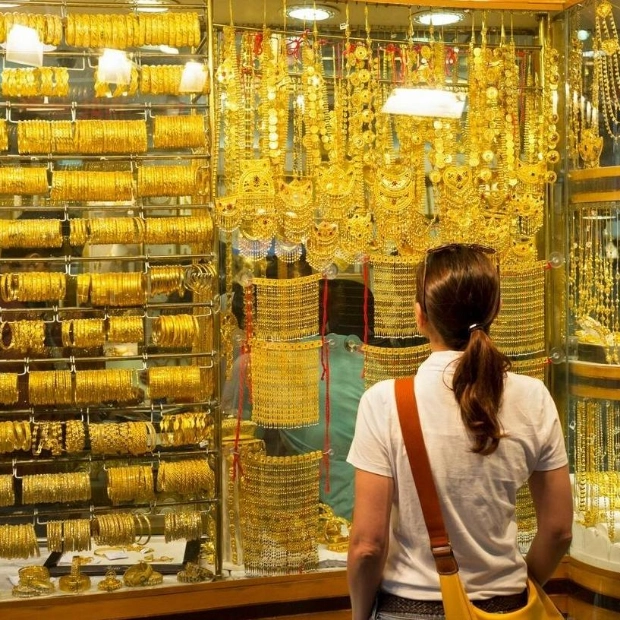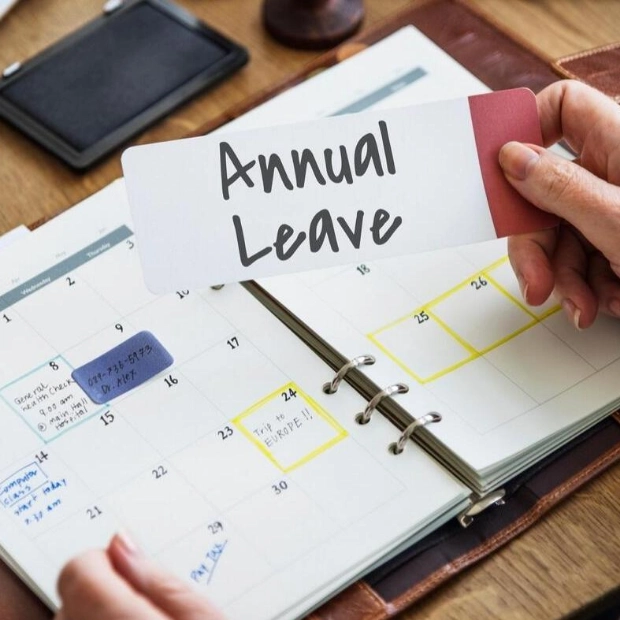The photographs exude glamour; the smile is contagious. The UAE’s flag flutters softly as the wind sweeps by, and for a moment, amidst the excitement of the recent achievement, the biting cold fades into insignificance. There’s an overwhelming sense of joy, of triumph. For Danah Al Ali, this was a milestone she had been striving towards for years; she had become the second Emirati woman to reach the summit of Mount Everest. Yet, her journey was far from over. She would proceed to climb Lhotse, making history as the first Emirati woman to summit both peaks within 24 hours. Lhotse ranks as the fourth-highest mountain on Earth, following Mount Everest, K2, and Kangchenjunga.
“Lhotse wasn’t initially on my agenda. Until someone suggested it… I began to ponder over it, and thought, ‘Why not?’ It was undoubtedly a formidable challenge. Having just reached the pinnacle of Everest, descending, and then contemplating another ascent so soon, it’s all a matter of mental fortitude. Out of the seven who signed up for the double summit, only three of us succeeded post-Everest. I didn’t necessarily need to attempt the second peak, but I’m pleased I did,” reflects the mountaineer from Abu Dhabi.
Her initial foray into mountaineering was in 2013, when the adventure enthusiast decided to conquer the 5,895-metre Kilimanjaro in Tanzania. “I’ve always had a passion for extreme sports, so I was seeking a new thrill, and Mount Kilimanjaro came into the picture. I thought, ‘That sounds intriguing.’ At that time, I hadn’t embarked on any hikes or climbs. ‘I had no prior experience,’ she chuckles. However, this only fueled her caution and determination. “I’ve intermittently worked out. Back in 2013, I was a young mother, perhaps hitting the gym two to three times a week. To prepare for Kilimanjaro, I enlisted a personal trainer. I had roughly three months; I focused on strength training at the gym and, on my own, I’d don my backpack and hiking boots to walk outdoors.”
Upon reaching the summit of the East African peak and descending, she set her sights on a new aspiration: “I resolved to climb the highest mountain in the world.” To refine her skills, Danah utilized actual mountains for training; post-Kilimanjaro, she summited Mount Elbrus, the highest peak in Russia and Europe at 5,642 metres. She then tackled the 6,962-metre Aconcagua in South America. “In between, I visited Chamonix twice for technical and ice climbing training,” she recounts. Concerned about time away from her young children, she included them in her adventures when possible. Ascending at high altitudes can be arduous; the thinner air and self-sufficiency add to the challenge. For Danah, there was also the task of making the trip enjoyable for her children. “Children are resilient. I informed them, ‘We’re embarking on an adventure.’ I integrated them into these activities from a young age. At the time, we were meant to stay in a mountain hut. My kids insisted on camping. So, while others had proper huts and beds, we opted for a tent and sleeping bags. They craved the full outdoor experience, which was incredible and offered them a glimpse into my world and passions,” she explains.
She was poised for her Everest expedition in 2017, but plans shifted. “Then 2019 was set, but unforeseen events occurred. 2020 was my year, everything was arranged, then COVID struck,” she laments, noting that these setbacks only fortified her resilience. Preparing for the climb, she made adjustments to enhance her fitness. “In the six months leading up, I included visits to Ski Dubai to acclimatize to the cold. I rigorously tested each piece of equipment, ensuring I knew how to operate everything, from headlamps to solar panels,” she details. She also ventured into the desert in her climbing gear to build strength and stamina. “That’s where I learned to use a solar panel,” she notes.
Determined to expedite her trek, she pre-acclimatized using a Hypoxico tent, simulating low-altitude environments. “From February to April, I slept in the tent for eight hours daily, starting at 3,000 metres and gradually increasing based on my oxygen levels and expert advice. By departure, my body was acclimatized to 6,000 metres,” she shares. Balancing motherhood with ambition, Danah, a full-time employee and mother, faced questions about time management. “It boils down to finding balance,” she asserts. She also navigated cultural differences, educating others about her needs and requirements. “I had to explain my cultural and religious boundaries, especially in mixed-gender camps. Fortunately, they were receptive,” she says.
She also had to reassure her father about the safety of her endeavors. “My family posed a challenge; my dad worried about the dangers. But I researched and educated myself on the risks. Common mistakes include ignoring guides’ advice during adverse weather. I reached out to companies, inquiring about their success rates and qualifications,” she muses. Her meticulous approach paid off. “I had an incredible experience and would do it again in a heartbeat,” she affirms.
One enduring takeaway is the deep connections she forged. “I met incredible people worldwide, bonding over shared tents and challenges. We’ve kept in touch, promising to reconnect if our paths cross. The bonds formed through such trials are remarkable,” she reflects. While one journey concludes, the lessons endure. “I learned resilience and patience. Being away from comforts like showers and family, I appreciate life’s little joys more deeply after each mountain expedition,” she concludes.
There’s a pause when asked about future climbs. Then she laughs: “I thought I was done after Everest, but a year has passed, and I’m eager to return outdoors, to challenge myself again. It’s hard to stop once you start.”
